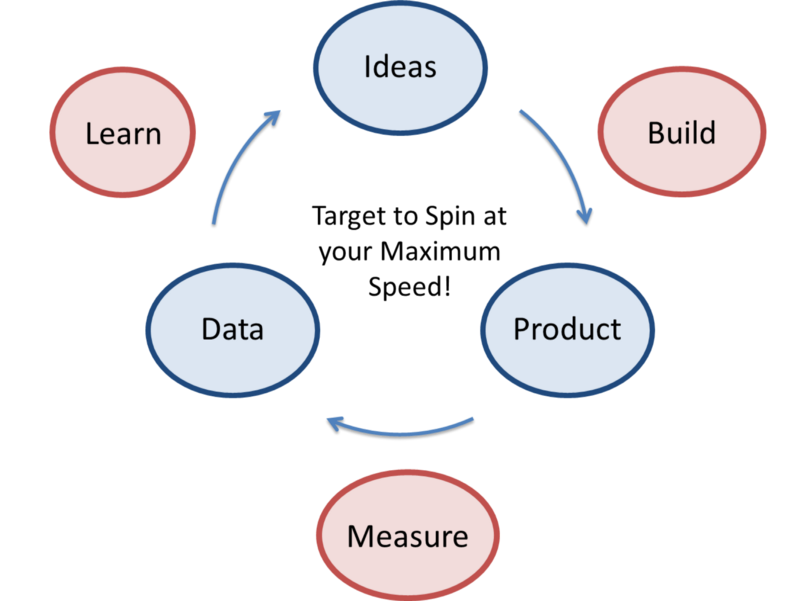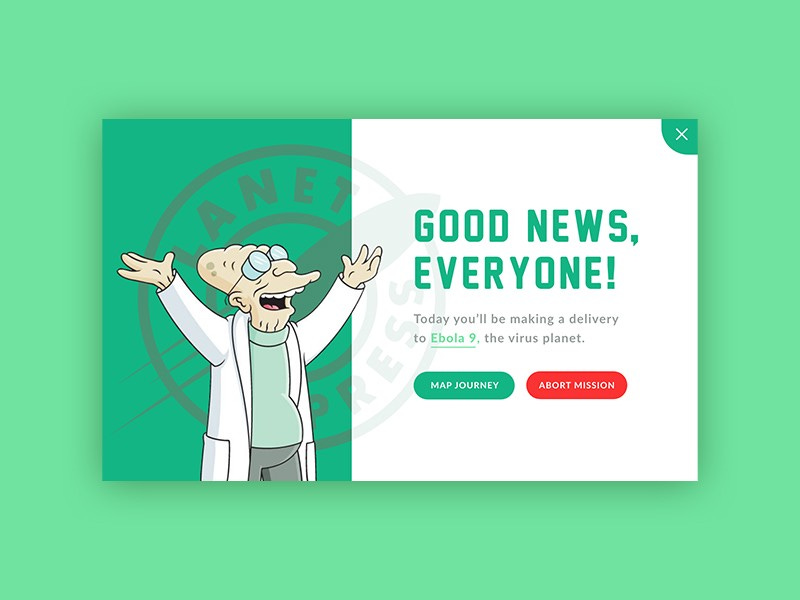What is “design hypothesis”?
The design hypothesis is nothing more than a prediction created from a study of a given situation.
The design hypothesis is nothing more than a prediction created from a study of a given situation.
The biggest goal of a Product Manager in conjunction with the UX Designers is to design an experience that is perfect for users, I know it’s not new to anyone. However, following a line of research without knowing whether you have found the right answer for something that at first can be so subjective and broad at the same time is the big challenge. It is very difficult only with a heuristic analysis, for example, to predict and get right what the public expects or what is ideal to solve a given UX problem. So, in this post, I talk a little about the importance of developing a design hypothesis for your UX experiments.
I have already talked about the importance of CRO, Conversion Rate Optimization, for your company and we know that the user experience (UX) is a factor that can push the conversion rate, both downwards and upwards. For example, during an e-commerce shopping journey, something badly implemented or even that little detail — oddly enough — can end up harming the experience, directly impacting the conversion. Therefore, it is essential to develop a design hypothesis for the problems and / or opportunities identified, in order to improve the UX of this particular page.
But after all, what is a hypothesis? In short, according to the dictionary, it is a proposition that is accepted, regardless of whether it is true or false, as a principle from which a given set of consequences can be deduced. In other words, in clearer Portuguese, it is an idea that a particular action can solve a problem in question.
It is a concept widely used in the scientific community. A scientist studies a particular phenomenon and has an idea of what causes it to exist, then formulates a hypothesis to test and prove its results.
In this case, the design hypothesis seeks to do exactly the same thing.
What is the design hypothesis?
The design hypothesis is nothing more than a prediction created from a study of a given situation. It is quite different from the “kick-off” since a hypothesis arises from several pieces of evidence collected from the analyzes and also from the data that I have been talking about here.
Leaving digital a little, if you are feeling sick or have some strange symptoms, your mother can say that you are sick. This is a guess. If you consult a doctor, he will ask you several questions, and based on the answers and symptoms presented will define a hypothesis of possible illnesses. From there, you will be asked for a battery of more specific exams that will actually prove what you have.
The design hypothesis is almost the same. It is an idea of what can be improved in a UX context. That is, the designer uses his knowledge and the available evidence to develop a hypothesis on how to improve a given interaction.
Let’s go back to the example of e-commerce to illustrate how a design hypothesis is formed. The first point is to understand the problem. In this case, you notice that there is a considerable drop in the conversion rate at a certain stage of the funnel and to find the problem you, as a UX Designer, will use the design techniques, such as usability tests, heatmaps and so many other searches and data that appear along the way, as I said a lot here in this post, Think more about people and less about pixels, to raise as much evidence as possible.
The second step is to define a possible solution. That is the hypothesis itself. An example is that the e-commerce page does not convert, because it is not optimized for mobile. But beware! The problem is that you will hardly think of a single hypothesis. Several ideas will come to your mind and part of the job is to organize them by those that are most aligned with your goal.
Therefore, the last step is to test the hypotheses. For this, you will create the experiments, define the KPIs and monitoring metrics to identify whether the hypothesis has been validated. Remember that this is an incremental and cyclical process, to evolve with each iteration. No changing everything at once.
A widely used method to validate the hypotheses is the famous A/B Testing which I explained in a previous post.
How important is the design hypothesis?
It all seems pretty simple so far, but don’t underestimate it. Design chances are essential to the success of your product. UX, specifically, is something with numerous factors directly influencing, making it difficult to predict what will work for a particular audience.
At the base of the kick-off, you will have difficulty understanding the user and business objectives, even more in e-commerce, as used in the examples.
So it is vital to employ a scientific method in your daily life as a UX Designer. Drawing like a scientist will help you find the answer more easily and with more assertiveness.
What are the benefits of developing a design hypothesis?
The benefits of developing a design hypothesis are clear. Firstly, it is an investigation work, and, together with other professionals, it becomes very valuable, in addition to stimulating the exchange of experience between the team. This scenario is even richer for UX Designers who work in multidisciplinary teams alongside data scientists, developers, product managers … together they have data that corroborate to elaborate well-founded hypotheses.
Another great benefit is having an evidence-based line of research. So, going back to our example, if there is a chance that the conversion is low due to lack of optimization for mobile devices, it is possible to isolate this scenario and create specific experiments to make sure that the actions help the user to have more fluid navigation, increasing user engagement with your product, directly reflecting your company’s revenue.
Finally, don’t limit yourself to just correcting errors, we can create hypotheses for improvements throughout the user’s journey by maximizing the results at each user’s point of contact with the product. Any 1% increase in conversion during the funnel stages and in user interactions on your journey can be very impacting for both sides, user and business. Just identify the opportunities, define a design hypothesis, and put it to the test.
What do we get out of all this?
Developing design hypotheses will help you to solve problems much faster and more assertively, avoiding waste when building features that do not meet users’ needs or business objectives. Based on evidence and data, you replace the guesswork with more concrete proposals.
UX design is not such a simple process. It is very difficult to say, without any research, analysis or testing, what will work best for a specific audience, despite the fact that designers are quite aware of what is practiced in the market. Therefore, it is important to develop a design hypothesis for the most varied problems, making it possible to find the solution closest to the ideal, in a simple and incremental way.
The most important thing is that a well-founded design hypothesis is based on evidence as we have already said. Another good tip, which seems quite obvious, is always to start with the problem and not the solution. Everyone has the “reflex” to jump straight to the solution, without really understanding what the problem is. So, understand the problem to build the design hypothesis and find the ideal answer.
What do you think about the topic? How does your team develop and employ design hypotheses?
Applauding is love because it encourages the author. If you liked this text, you can applaud 👏👏 👏 .
In addition, my deep gratitude for staying with me here. Leave your feedback in the comments below, it is essential to keep evolving with each new content!







